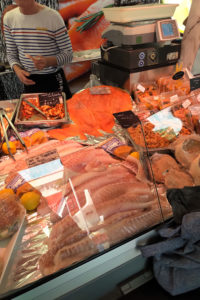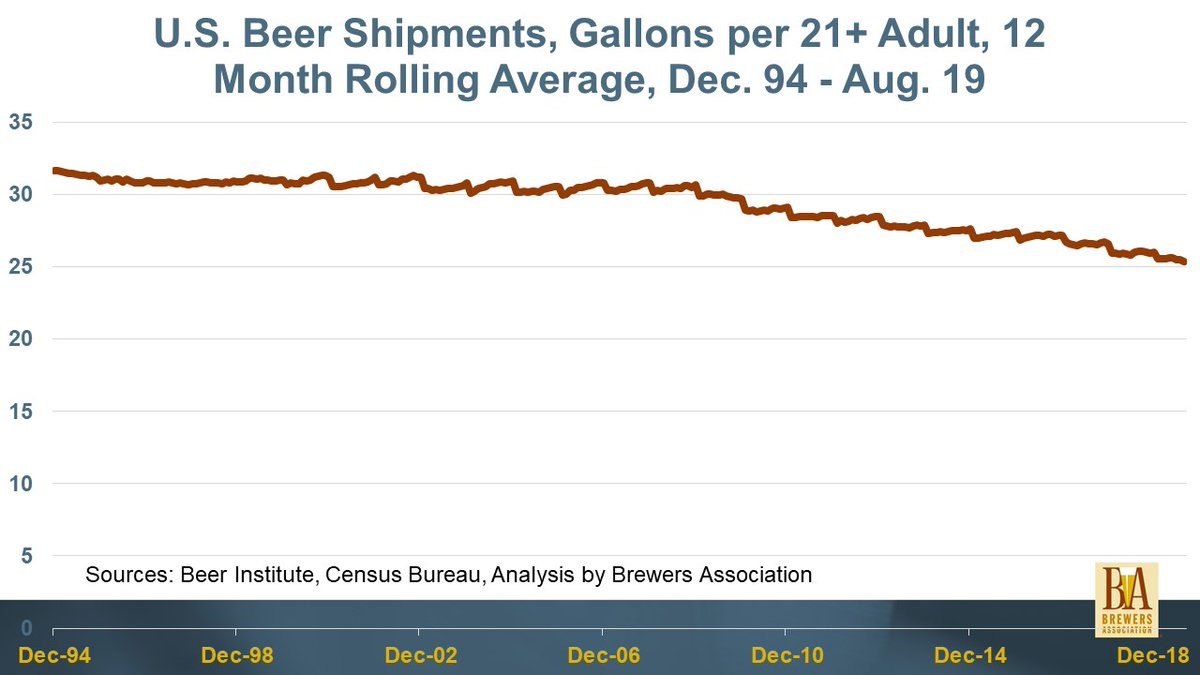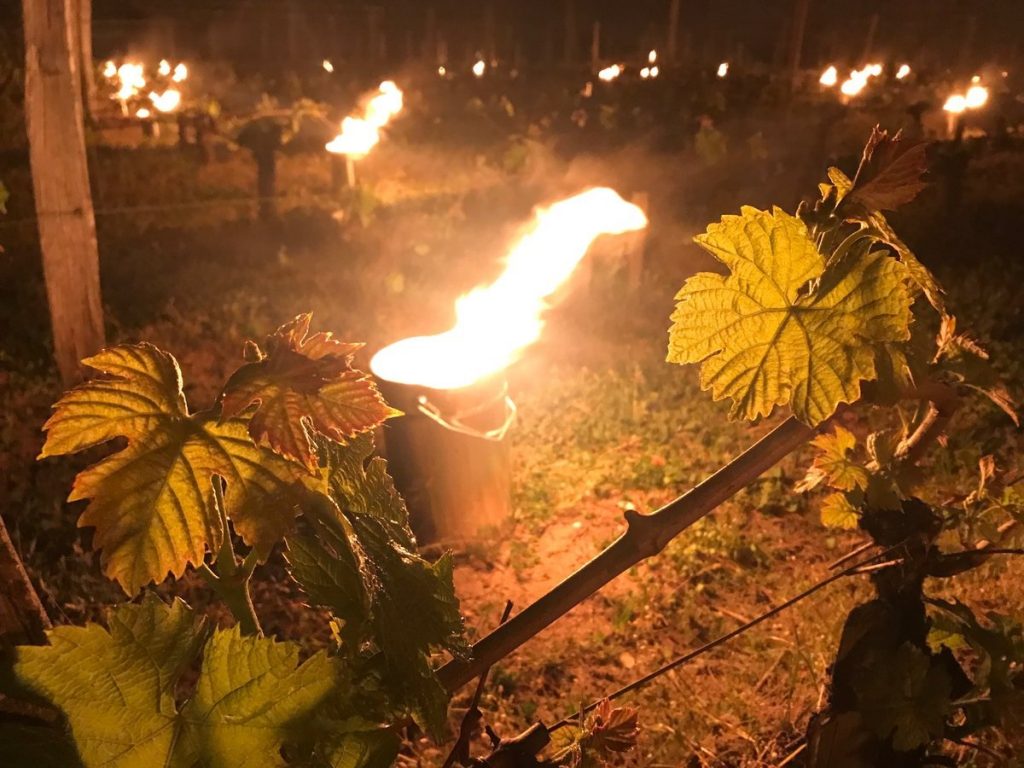 That’s a bit of a bold claim. Death defying. But, having checked the stats, I am 98% sure that no one has died as a direct* result** of reading the weekly beery news notes. I also can confirm that no one has been harmed by reading Taste, the recent memoir by Stanley Tucci.*** It is mainly about his life with food. I finished reading it just yesterday. If you need any assistance in identifying what I am talking about, that is actually the book’s cover just there to the right. No, really. Taste about his life with food and people, too, and makes for good light reading except when life was not light when it is actually a bit better. Recommended – especially as he includes recipes. So it is a 87% memoir and 13% cookbook… or recipe book. Which is good. I thought when finishing it… I have never read a book about beer that is remotely similar. I wonder why.
That’s a bit of a bold claim. Death defying. But, having checked the stats, I am 98% sure that no one has died as a direct* result** of reading the weekly beery news notes. I also can confirm that no one has been harmed by reading Taste, the recent memoir by Stanley Tucci.*** It is mainly about his life with food. I finished reading it just yesterday. If you need any assistance in identifying what I am talking about, that is actually the book’s cover just there to the right. No, really. Taste about his life with food and people, too, and makes for good light reading except when life was not light when it is actually a bit better. Recommended – especially as he includes recipes. So it is a 87% memoir and 13% cookbook… or recipe book. Which is good. I thought when finishing it… I have never read a book about beer that is remotely similar. I wonder why.
Enough about me… and Stanley. First up, some history. Martyn has opened up a very interesting discussion on the question of medieval England and whether they actually didn’t drink the water – something I also doubt – by excellently questioning society’s capacity to replace it with ale:
The population of England in 1300 was approximately 4.25 million. If we leave out those too young to drink ale, that equals about 3.5m “adults”. The recommended liquid intake is 3.5 pints a day. So if they are only drinking ale, those adults are going to require a little under 560 million gallons of ale a year, minimum – and much of their time would be spent doing hard labour under a hot sun, when the requirement for liquid might be as high as ten pints a day…
Now, I am not going to get all linky and suggest that the initial conclusion drawn is incorrect (as I suspect it might be) but I would like to add a few assumptions into the mix which might also make it not entirely correct. While Martyn has quite rightly deducted kids from the calculation, I would suggest a few other points. First, there is no need to suppose that there was equal distribution between men and women, between rich and poor and between town and country. Male labourers in rich country estates may well have consumed more than their share. Second – and I think this is even a bit more important – access to more fermentables than statistically captured malted grains would have been common, especially in the countryside. Plus remember the wine trade. Third, I am not sure what is meant by “ale” in that it could be 1% or 10% alcohol. If it is too thin… what else makes up the necessary caloric load for life? That’s key. Water won’t do that. Fourth, Unger**** states that the requirement per person in the English Navy in 1535 (yes, 200 years later) was 4.6 litres a day. Was there an agricultural explosion during those two centuries that could support a change in diet? Fifth, our pal from 1378 Piers rated water the lowest of all drinks but did indicated that sloth was to be avoided or “ye shul eten barly breed and of the broke drynke…” I know that Martyn would agree that this sort of more granular review would be required to finalize the answer – but I do agree that there is no evidence that medieval people did not drink water to be found in the statistics that they drank a lot of ale.
Note: Cookie advises don’t get Humphed.
And I missed this last week, Lew Bryson on stouts and porters as used and then abused by the micro and craft beer movements in their turn:
Both types were throwbacks to much older Anglo-Irish beers, and as is often the case, the beers that were brewed in the 1980s were, by and large, guesses at what the older beers were like… [I]f porter and stout were the two sources of the river of dark beer that would grow to capture the palate of beer geeks and the Yummy Beer Drinkers (YBDs, that’s my name for the people who want diabeetus dessert in a glass)… Porter’s melody got drowned out. Despite slam-hopping it (“robust” porter), throwback-lagering it (Baltic porter), sweet-tweaking it (coconut and vanilla porter), and bomb-boosting it (the inevitable imperial porter), porter got smacked aside by imperial stout, and never recovered.
Speaking of porter, could this Goldthorpe whisky be associated with the long lost malting barley strain Battledore? Could my dream of a hordeum zeocritum porter come true?
Pellicle published a very interesting bit of reading about the first bottling by a small scale scavenging side project run by English film maker, Thomas Broadhead – Dimpsey Cider. It is written by Hannah Crosbie, who clearly identifies as a wine writer – which gives us passages that are less, you know, about the squishy chumminess of things than many a beer writers might jot on about … like in this:
“It’s a miracle it was actually a drinkable product,” Thomas admits. “We left those barrels until February, we finally tasted and were like, ‘oh, this is actually tasting quite good!’ Only then did I order the bottles and commission the artist for the label.” And so, Dimpsey’s first cuvée, Unprecedented Times, was born. Notes of caramel apples, citrus and smoke from the barrels envelop a vibrant pétillance. Around 470 bottles were made, and those that weren’t smashed by ParcelForce found their way to London’s aesthetic-led drink spots: Bar Crispin, Gipsy Hill Brewery and—the restaurant where I first came across it—Top Cuvée.
There’s a lot of good in there. The writer was attracted to the drink first as a consumer. And, while there is a bit of bio in the piece, it is not beating us over the head. I do also like that the question of balancing time for this side project is a topic that runs through the article. There are some deft touches in there, leaving the question of Broadhead’s life choices just hanging a bit. Will there even be a second batch?
Breaking: there are at least two approaches to handling information. Reminds me of that 1976 homebrewing club.
My spam filters snagged something called BeerBoard this week and I noticed it was enticing me to hand over my personal contact information to gain more on that fast breaking news that “Volume and Rate of Sale are down double digits, while Percentage of Taps Pouring also dipped.” Wow. I am shocked. Not really. These days of jostling bleggy blogs for the shy – aka newsletters – seeking (cap in hand) to let us know the same four things that all the other newsletters and social media links (and sometimes actual new outlets) are saying, well, they lead me to one conclusion. I don’t exactly need another newsletter to tell me there’s a downturn. We all know things are tanking when the BA uses the magic words “mixed bag“! The arse is out of it, as we say. Boak and Bailey picked up on the endsy timesy theme asked an interesting question this week about the UK public’s response to the uptick in pub prices during a time of general inflation:
In the context of supply chain issues, rampaging inflation and staff shortages, let alone the long-term structural problems caused by the pubco model, how much control do most really have over the price of a pint? That’s not to say, of course, that some people don’t do quite well running pubs. We find ourselves thinking of a businessman who owned several pubs in Cornwall and would turn up for inspection in a huge Range Rover with personalised plates, gold cufflinks flashing. It’s perhaps no wonder his customers got the impression that running a pub might be a nice earner and occasionally grumbled about the price of a pint.
My thought was not that it was about getting ripped off so much as customers voting with their reduced buying power to make sure this end met that other end. (This is not a club and I don’t really associate beer with self in the sense that it is an end needing meeting.) Plus I am still not ready to move back to the idea of hanging out in bars – not with, what, the seventh wave upon us? For this? These things are going to take a bit more than naïve possy cartooning and #LetsBeerPositive to get over. Or maybe it just goes the way of that weird but brief big band revival of the late 1990s. Remember that? Me neither. Again, no time to invest in craft beer folks.
 In a happier time and place, Gary Gilman has let loose a social media blitz of his trip to France, tweeting up a storm while handing the keys to his blog to his better half – including this fabulous photo of a market fish stall in Calais. What manner of beast is that in the foreground? I am thinking monkfish but who knows. Well, the guy in the sweater with all the stripes does, I suppose.
In a happier time and place, Gary Gilman has let loose a social media blitz of his trip to France, tweeting up a storm while handing the keys to his blog to his better half – including this fabulous photo of a market fish stall in Calais. What manner of beast is that in the foreground? I am thinking monkfish but who knows. Well, the guy in the sweater with all the stripes does, I suppose.
Speaking of which,***** I am not sure I can fully, heartily, entirely… hesitantly… marginally… agree with Jeff in this particular application of what looks like the great white male theory:
Stone also helped convert Americans to hops (though they had a lot more company than they once admitted). It was, ironically, that strong association to hops that ultimately led to the awkward phase—though Stone also had quite a run as an established, successful brewery. When the haze displaced bitterness, Stone had a hard time adapting its brand.
I think one needs to include the words Berlin and Keystone in any eulogy of the Stone that was. For me, repeated poor business decisions might have been central to the… awkwardness of that business ending poorly. Plenty of good regional and national breweries followed other paths. Sometimes I wonder if that sort of quieter success is considered less interesting. Because…
Congratulations to Eoghan Walsh on the successful completion of his series “A History of Brussels Beer in 50 Objects” and the accompanying book launch, finishing up sorta where it began:
In December 2021, Brussels Beer Project publicly announced what was both the worst kept secret and the most unexpected recent development in Brussels beer: they had started brewing Lambic. They did so in a quintessentially Brussels Beer Project manner – by wheeling one of their coolships onto the Grand Place and parking within a couple of metres of the Brouwershuis, the centuries-long seat of brewing power in Brussels.
This whole project is a great illustration of the power of properly handled personal websites combined with a clever social media presence.
Finally: beer awards. Q: if this is the ultimate… which is the penultimate? And which is the antepenultimate? Shouldn’t this be clearer? One would want to know when and where one is wasting one’s time.
There. That’s enough. It must be! For more, check out the updates from Boak and Bailey mostly every Saturday but not from Stan every Monday as he is on his summer holiday. Check out the weekly Beer Ladies Podcast, and at the weekly OCBG Podcast on Tuesday (Ed.: ??? ) and sometimes on a Friday posts at The Fizz as well. There is a monthly sort of round up at The Glass. (Ed.: that seems to be dead now.) There is more from DaftAboutCraft‘s podcast, too. And the Beervana podcast. And sign up for Katie’s (Ed.: now very) irregular newsletter, The Gulp, too. And check out the Atlantic Canada Beer Blog‘s weekly roundup. Plus follow the venerable Full Pint podcast. And Fermentation Radio with Emma Inch. The AfroBeerChick podcast as well! And also look at Brewsround and Cabin Fever. And Ben has his own podcast, Beer and Badword (Ed.: …notice of revival of which has been given… still not on the radio dial…) And remember BeerEdge, too, and The Moon Under Water. There has also been the Beer O’clock Show but that’s now winding up after ten years.
*made you look.
**made you look again.
***I have now read 32 books in 2022 which is part of my personal productivity project for the year. Along with a number of things like being over ten months in to intermittent fasting which made the Tucci book a risk – but one worth taking. A fair few have been this sort of celebrity bio, some of which lean on happy times and avoids much of the bad times. Not something that I might have taken up before too often – though I highly recommend Alex Trebek’s if only for the news that he swore like a stevedore like any good northern Ontario lad should. Greg Allman, George Clinton, Stanley Tucci, Mel Brooks, Dave Grohl might serve as a handy scale against which one might measure these things. Allman being the most revealing of life’s grimmer side and Grohl the least. Note that Tucci is in the middle. But there is a gap to his left and a fair distance to Clinton. Clinton is only to the right of Allman because he seemed to cope better with many of the same demons – or perhaps just because he is still alive at 80 despite much whereas Allman ended his days at 69 in large part due to his addictions in youth.
****A History of Brewing in Holland 900-1900: Economy, Technology and the State by UBC professor Richard W. Unger, published in 2001 at page 88. He also shows at page 90 that per person consumption in the Netherlands from 1372 to 1500 averaged between 210 and 320 litres a year based on total population.
*****See? Fishy. Ha ha. Funny joke.











